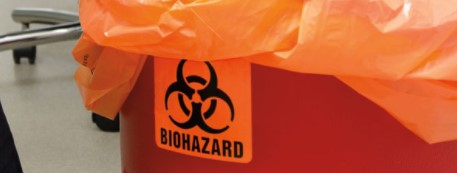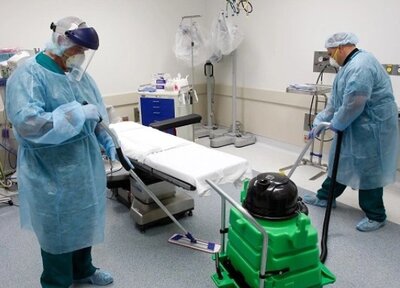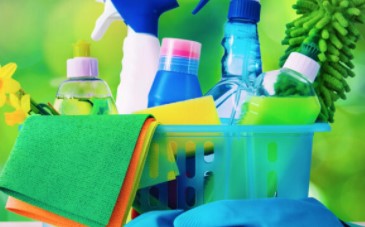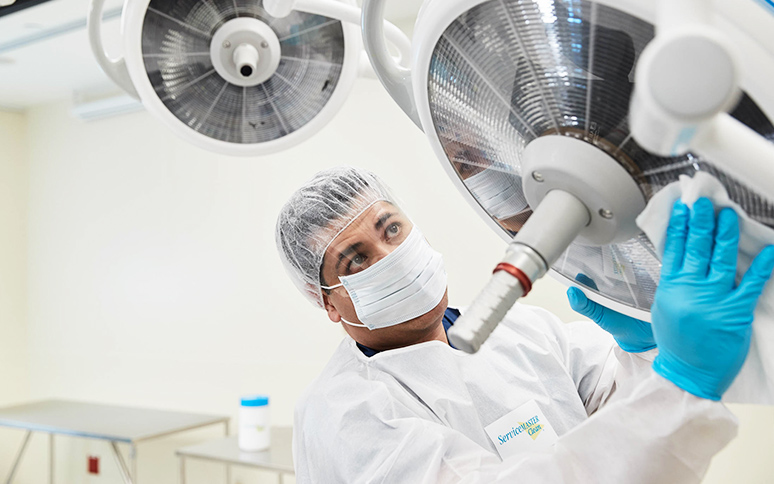Common Biohazards Found in Healthcare Offices and How to Dispose of Them Properly
Biohazardous waste makes up approximately 15 percent of the medical waste created by healthcare activities across the world, according to a report from the World Health Organization (WHO). Incorrect storage or disposal of these and other materials can put healthcare workers and patients at considerable risk. In fact, WHO goes on to report that the health risks of improper biohazard waste disposal can include disease transmission, poisoning, radiation burns, and injuries from needles and sharp objects.
Learn to identify four of the most common biohazardous materials. Then, practice safe biohazard waste disposal to help keep the staff and patients in your facility safe.
1. Sharps
Sharps are classified as needles, syringes, disposable blades, and other sharp medical instruments. The U.S. Environmental Protection Agency (EPA) urges healthcare workers to practice extreme caution when handling, packaging, and disposing of sharps to avoid injury and disease transmission.
After use, sharps should be stored in a sturdy, accessible, and, if necessary, tamper-proof container that's resistant to punctures and leaks – often, these containers are colored red or yellow for easy identification. Make sure the box is labeled with a biohazardous sticker. Once the unit is full, seal it and schedule a pick-up with a biohazard waste disposal team.
2. Pathological Waste
Pathological waste includes human tissues, fluids, and organs, body parts, and animal carcasses. Dispose of these biohazardous materials in red plastic bags. Simply tie the bag, close and seal the specially labeled, red pathological waste containers. These containers should be lined with two red biohazard bags and tightly sealed before being stored in a medical freezer or fridge.
Within seven days, pathological waste must be disposed of off-site through a process of medical incineration, and busy medical facilities may find it easiest to schedule weekly biohazard waste removal services to ensure compliance with local and national regulations. Contact a local expert in biohazard clean-up to understand the requirements and regulations for your area and healthcare facility.
3. Liquid Biohazardous Waste
Liquid biohazardous waste includes human blood, bodily fluids, and infectious laboratory cultures. Store liquid waste similarly to pathological waste, in red bags inside of red biohazard waste bins in refrigerated facilities. Using a lidded vacuum flask, these potentially infectious liquids can be treated with household bleach (9:1) or sterilized by steam in an autoclave.
Once treated, most liquid waste can be poured down the laboratory sink's drain into a special sanitary sewer. Of course, you shouldn't undertake either treatment method without the appropriate training or equipment. Depending on the capabilities of your facility, you may choose to partner with a professional company to dispose properly of liquid waste, as well.
4. Radioactive Waste Material
Never put radioactive material into regular waste containers or drains – due to the risk, radioactive waste is subject to very strict regulations. First, this form of waste must be separated by its isotopic and physical composition before being placed in a designated collection container. These containers must be clearly marked with a "RADIOACTIVE" banner and kept sealed at all times. Contact your hazardous waste team for safe, off-site disposal.
Overall, the safe storage and disposal of biohazardous waste depends on strict, consistent practices. Setting and upholding these practices helps to ensure patients and staff stay protected from potential harm, infection, and disease.
If you need help with your facility’s cleaning and waste management programs, contact the professionals at ServiceMaster Clean. Our customizable environmental cleaning programs for healthcare facilities can include safe and effective biohazard collection and disposal to help ensure your staff and patients stay safe under your care.










